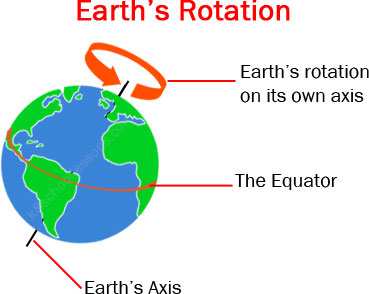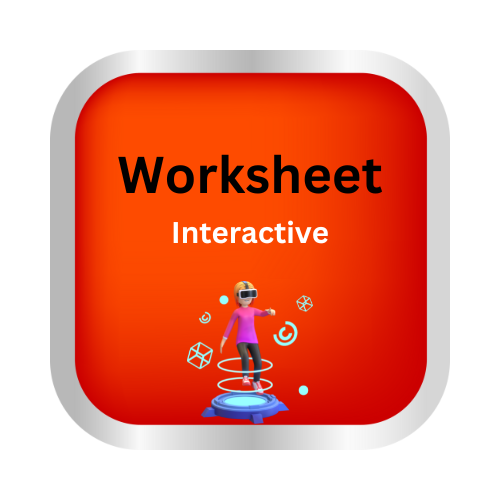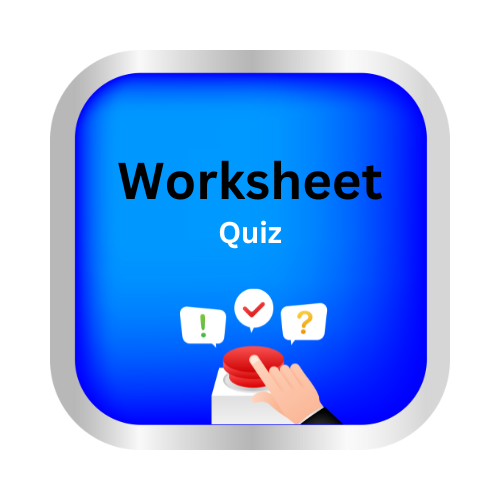The Earth Spins

Key Notes:
- Earth’s Spin: The Earth is like a giant spinning top. It spins around an imaginary line called an axis, which goes from the North Pole to the South Pole.
- Direction of Spin: Earth spins from west to east. This means it turns in the same direction as the Sun rises. Imagine standing on the North Pole and looking down at Earth – it would seem like the Earth is spinning counterclockwise.
- Day and Night: Earth’s spin is the reason we have day and night. When your part of the Earth faces the Sun, it’s daytime. When it turns away from the Sun, it’s nighttime.
- Rotation Speed: Earth spins pretty fast! It takes about 24 hours to complete one full spin. That’s why we have 24-hour days.
- Different Time Zones: Because of the Earth’s spin, different parts of the world have daytime and nighttime at different times. This is why we have different time zones.
- The Equator: The Equator is an imaginary line that goes around the middle of Earth. It’s like Earth’s waistline. If you stand on the Equator, you’re spinning with the Earth, but you won’t feel it because everything around you is spinning too.
- Coriolis Effect: Earth’s spin affects the way wind and ocean currents move. It makes them curve in different directions in the Northern and Southern Hemispheres.
- Stars and Constellations: The way Earth spins also changes what stars and constellations we can see in the night sky. Different stars are visible at different times of the year.
- Sunrise and Sunset: The Sun seems to rise in the east and set in the west because of Earth’s spin. It’s like a big game of hide and seek with the Sun.
- Summary: So, remember, the Earth spins, and that’s why we have day and night, different time zones, and even the changing of the seasons. Earth’s spin is what makes our planet such an exciting place to live!
Let’s practice!

